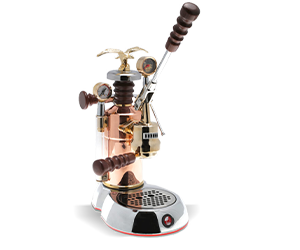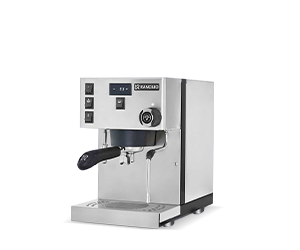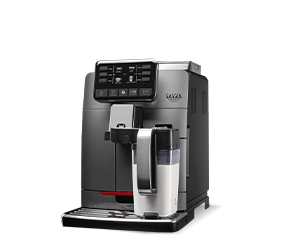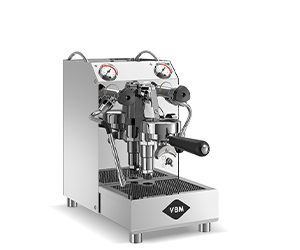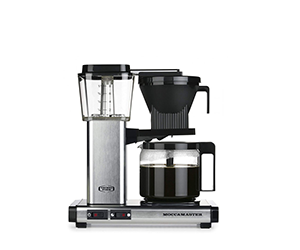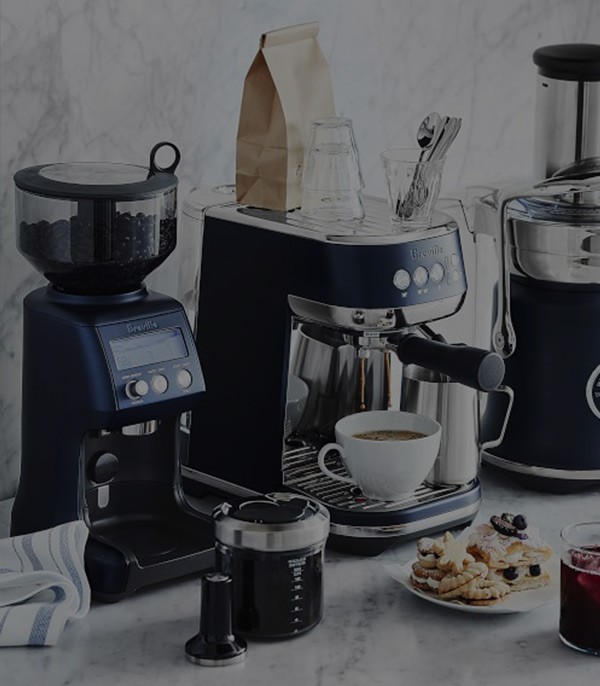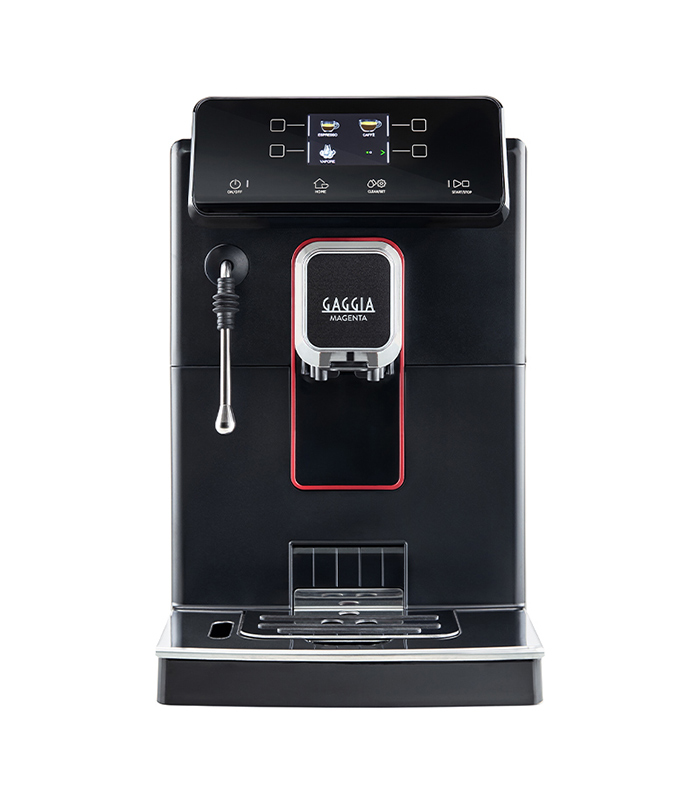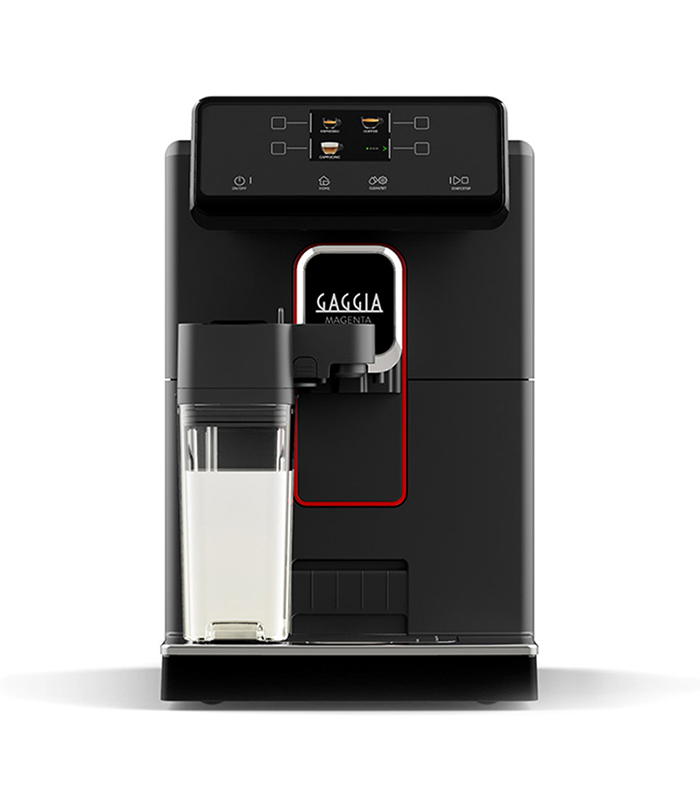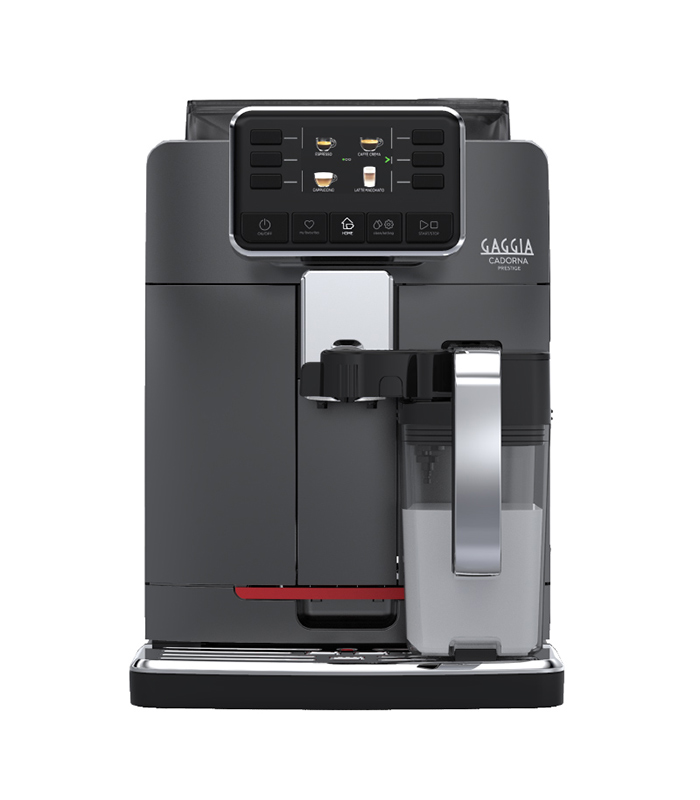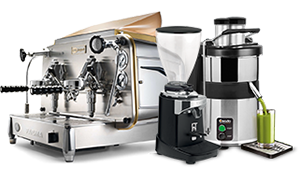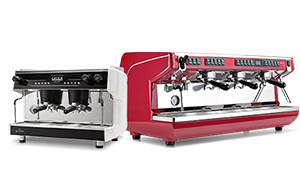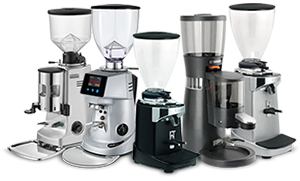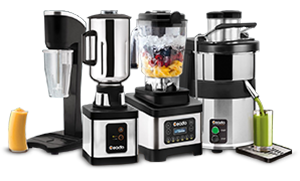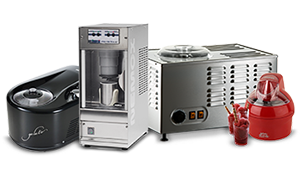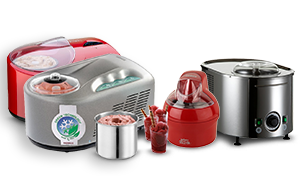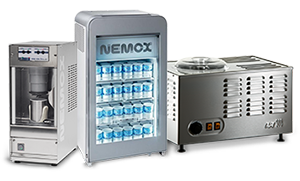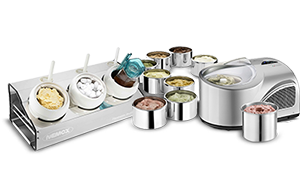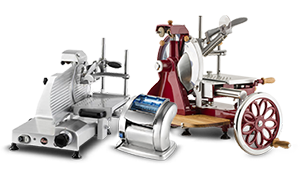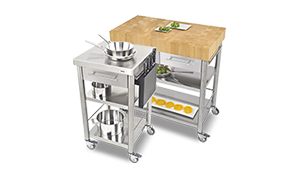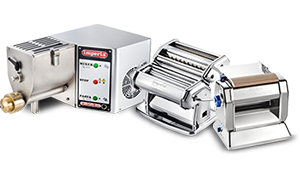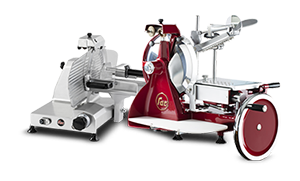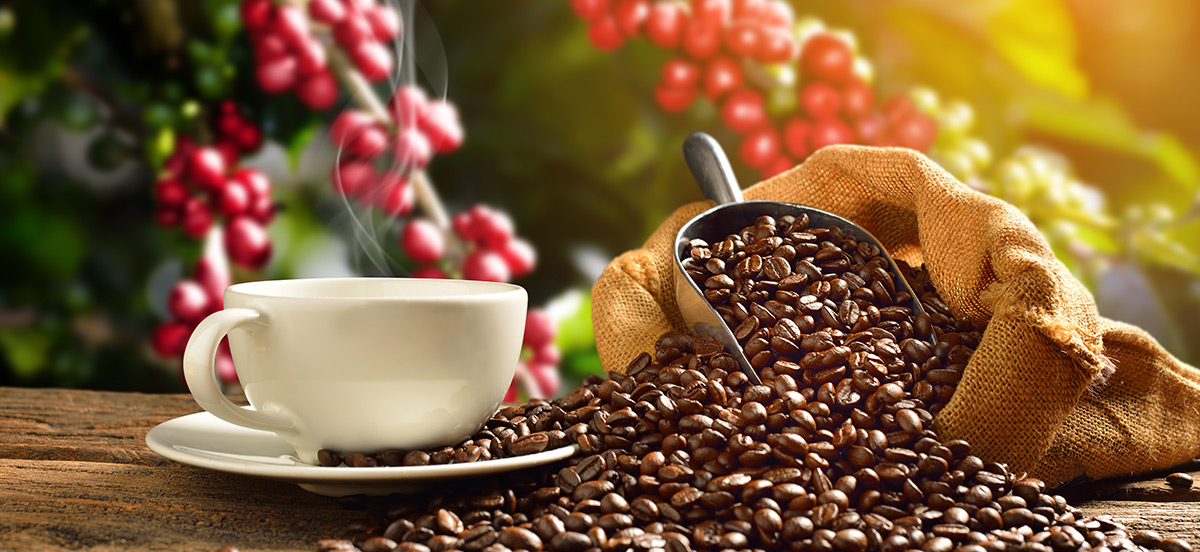There’s no shame in measuring your coffee with scoops, but if you’re looking to take your abilities to the next level, then measuring by weight will get you there. This is doubly true if you’ll be serving others and want to build a reputation for great coffee.
Why does it matter? Consistently great-tasting coffee comes from precision and repeatability. The truth is that you’re missing out on both of these qualities when dosing your coffee by volume.
Let me explain.
The problem with volume
Let’s start by looking at the “heaping tablespoon” conundrum. This highly directional unit of measure pops up all the time in most kitchens.
While a “heaping” spoon may be good enough for most home cooking, if you’re baking or working with coffee, it’s the surefire pathway to inconsistency. Many people would tell you that a Tablespoon of coffee weighs 7 grams. And the truth is the napkin math is probably close enough when you’re roughing it. After all, a hot cup of anything probably tastes good when you’re camping outside on a cold morning. The problem with volume is that no matter how hard you try to make a level spoon, the beans or grinds will always settle differently. You can easily scoop 2 spoons of the same beans and end up with a 20% difference in coffee.
The difference in a single Tablespoon might not seem like a big deal, but what if you need 2 or 5 or 10? It quickly adds up. The heaping tablespoon conundrum only gets more complicated when comparing two different coffees or two different grinds.
Density dilemma
Beyond the heaping tablespoon conundrum, we have a density dilemma. Not all coffee beans have the same mass. Some beans are naturally smaller or denser than others. Beyond that, the density of green coffee changes during the roasting process. Take two beans from the same coffee plant and roast them to different levels, and you’ll end up with a different weight of coffee for the same unit of volume. Grind size also comes into play. In general, a larger diameter grind will not settle as evenly or pack as tightly as a similar amount of finely ground coffee. Density differences become especially important when you’re pulling espresso. Measuring by weight is always a more precise way to dose your shot.
Dose ratio
Every coffee brew method has its own unique dose ratio. This is the ratio of solid coffee compared to the amount of coffee drink produced. It’s always measured by mass. The simple fact that dose ratio is calculated by mass, should be enough to convince you of the benefits of measuring your coffee by weight (not volume). Beyond the fact that you’ll save yourself from a forever mental math routine, weighing your coffee means you’ll generate a consistent, repeatable result. If you’re working in a professional environment, consistency is critical.
We’ve all been to a food spot that delivers exceptional results one time and a mediocre product the next. It’s not a good look, and also not one that customers will stick around for. Don’t be that establishment! If you’re simply trying to level up your home barista game, then consistency is also important. Maybe you’re not losing business over it, but you will miss out on the opportunity to learn and perfect your own preferences.
As a starting point, perfect the standard 1:2 espresso dose. Make it consistent before experimenting with other weight ratios – 1:1 for ristretto or 1:3 for lungo.
A simple solution
A digital scale is essential for anyone trying to get better at coffee prep.
Knowing your times and weights is the only way to build consistency and accuracy with your brew process, no matter your method. Weighing ground coffee is an excellent starting point, but it will only get you so far in a professional setting. Tracking your extraction time and weighing your water are also worthwhile endeavors. Not every cafe or home barista does this, but the best ones do. Although some people prefer to use a cheap baking scale and wristwatch, I’d highly recommend getting a pro-style scale if you’re pulling a high volume of espresso.
Look for a scale that includes a weight and time readout in a single view, so you’re not toggling between screens or trying to synchronize your extraction data from multiple devices. This can be especially helpful if you’re pulling espresso or managing a pour-over station. If you’re multitasking, consolidating weight and time tracking is a no-brainer.
Look for a scale with a broad platform that comfortably accommodates a large brew vessel like a French Press or Chemex, without the risk of tipping it off. Again, for the multitasker reading this, look for a digital scale with an easy-to-read display.
The readings should stand out at a distance and at tight angles. You don’t want to be straining your eyes from down the counter to understand how much time remains before the station needs your attention. Not a requirement, but if you’re in a public-facing space, it’s worth picking a scale with good style. It will be highly visible to your guests, and you’ll be using it a lot.
Final thoughts
Whether you’re in a pro shop or just trying to get better with your home barista skills, measuring your coffee by weight is a ticket to the next ability level. In order to develop your skills and the quality of your coffee product, precision and repeatability are fundamental elements. Start with a digital scale.
About the Author
David Lewis runs a nano-bakery and coffee roastery in the American South. He’s also the founder of Kitchen Ambition, which provides culinary instruction, gear reviews and kitchen advice for home chefs.

